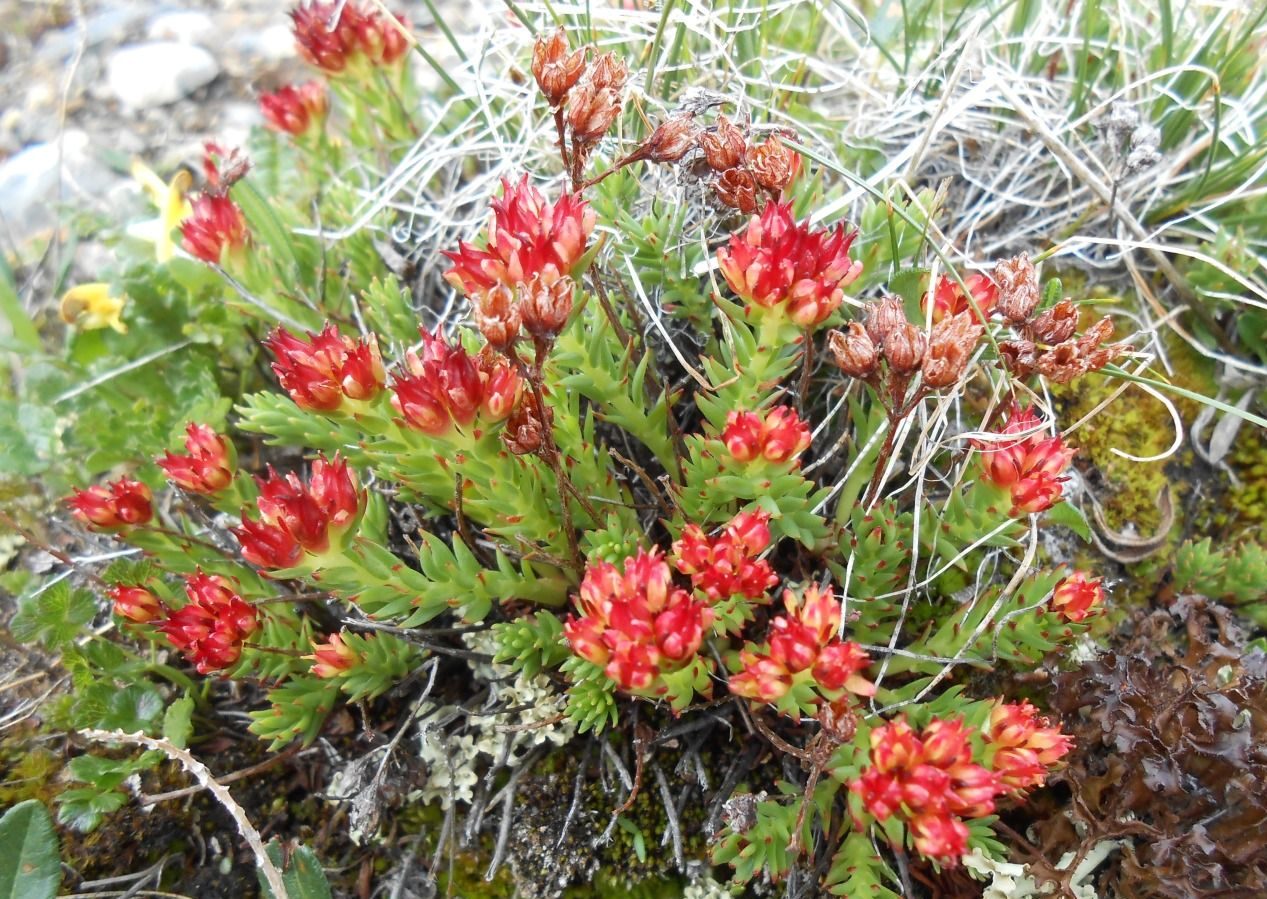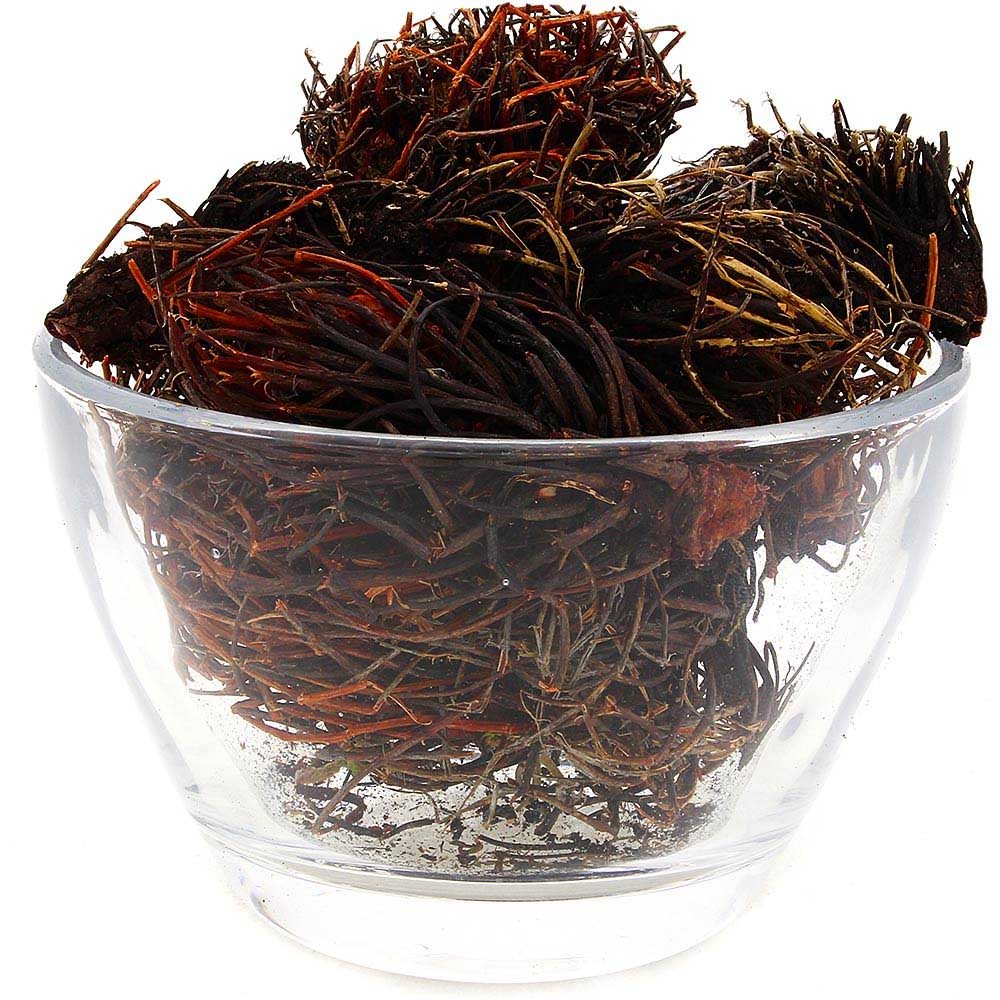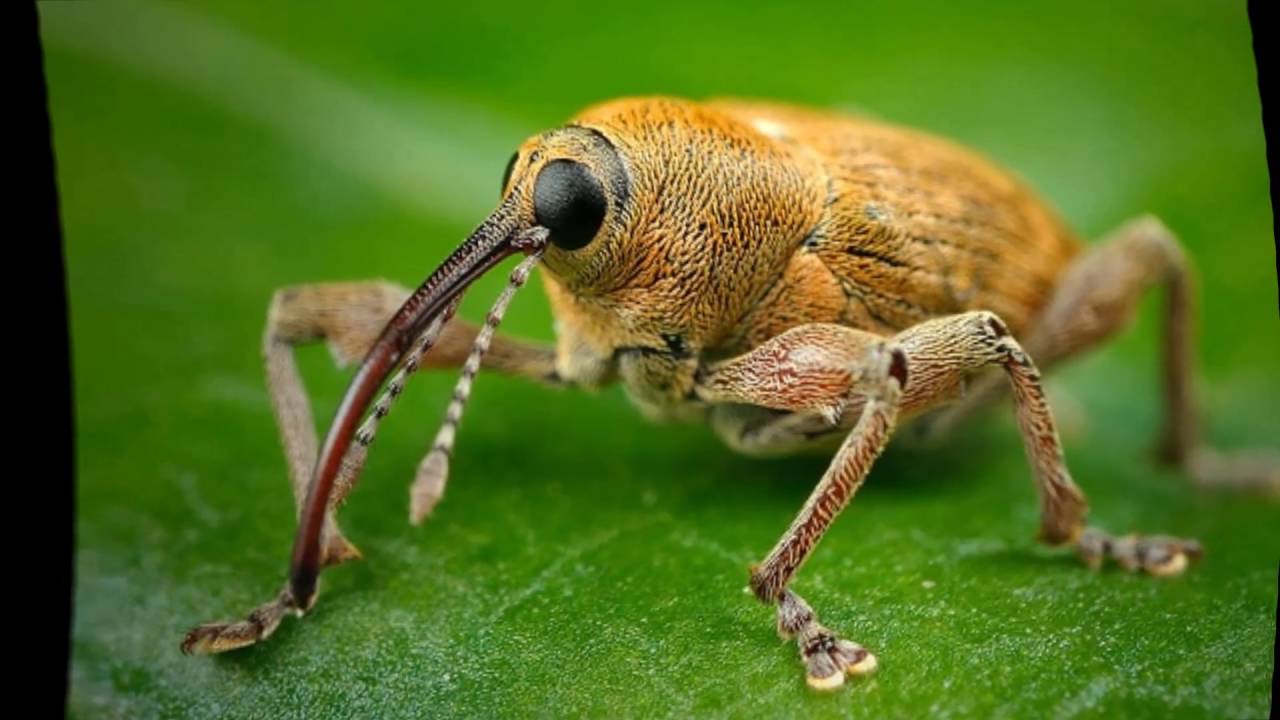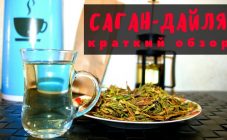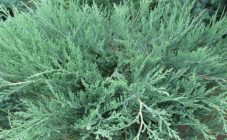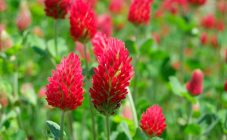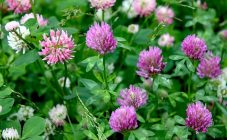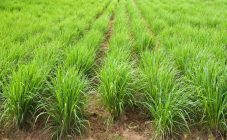Content:
The red brush is a perennial herb from the Tolsyankov family. Experts gave the grass a second name - four-cut Rhodiola. The shrub has a globular cushion. The foliage of the plant is fleshy and nestles tightly against each other. The stems that sprout are surrounded by bristly twigs. The red brush is an herb that has many useful properties and can cure many ailments.
Description
You can find a red brush only in Siberia. A herbaceous plant found in alpine forest or meadows. The grass grows in areas with rocky slopes and limestone soil. Plant height rarely exceeds 15 cm. A small, rounded, reddish shrub begins to bloom in the first half of June. The flowers are colored yellow and green with a yellowish tint.
Spread
The plant grows in the mountainous regions of Altai on rocky areas (the height above sea level reaches 3200 m), in gorges and near the coastline of rivers and streams. The red brush loves open, dry areas. Surviving in difficult mountain conditions, Rhodiola was able to acquire many valuable properties.
Varieties
Experts identify about 50-60 varieties of rhodiola. The most popular variety is called Kirilova. It can be found in the forests:
- Tibet;
- Tien Shan;
- Altai;
- northwest of China.
The grass can reach 20 cm in height. Flowering begins in mid-May.
Also popular are such varieties as:
- Linear-leaved type that grows in the mountains and forest meadows of Central Asia. A dioecious perennial plant has erect stems. The height of the grass can reach 20-28 cm.
- Multi-toothed, preferring stony soil in the Tien Shan and Himalayas. The foliage of a bluish tint has a triangular-ovoid shape. The root system of rhodiola is located near the soil surface.
- The golden root, actively used for medical purposes, can be found in the Far East, Altai and Eastern Siberia.
Reproduction and planting
Red grass prefers light sandy soil. Also, Rhodiola requires good drainage and systematic care. Before planting the red brush, it is important to first select a location that will be well lit and protected from gusts of wind. Landing is carried out according to the following scheme:
- The soil at the landing site is dug deeply. Weeds are removed and the ground is leveled.
- Fertilizer is applied to the dug soil.
- After lightly compacting the soil, you should mark the plantings using a cord. If the soil is too dense, you can remove a little layer from its surface and sprinkle the beds with river sand. For each square. m you can add 400-420 g of lime.
- Plants are planted at a distance of 40-50 cm. The row spacing is 70-75 cm.
- In the dug holes, herbaceous shrubs are placed in such a way that the renewal buds are at the same level with the soil surface.
- After planting, you should moisten the soil around the plantings. It is better to reschedule mulching the next day.
To accelerate the growth of Rhodiola, it is important to fertilize the soil with manure or compost (for each square meter you will need a couple of buckets of fertilizer). Experts recommend mixing manure with:
- ammonium nitrate - 15-17 g;
- sylvinite or potassium salt - 18-22 g;
- lime - 30-32 g;
- granular superphosphate - 23-25 g.
It is best to apply top dressing every month.
A herbaceous plant propagates in absolutely simple way:
- by the seed method;
- division of the root system.
Seeds are sown at the end of November in wooden boxes filled with a light soil mixture. Seed material is buried in the soil along the sides. The boxes are left in a warm room throughout the winter. As soon as it gets warmer in the spring, you can dig up and transplant the red brush to a well-sunlit area.
If necessary, you can sow seed in early spring in open ground. However, it is important to stratify:
- The seeds are placed in a growth stimulant solution for 20-24 hours.
- Then the planting material is poured into moistened sawdust and placed in a cool place for 30-45 days.
- The box is filled with soil mixture, and the seeds mixed with sand are scattered over the surface.
Reproduction using the root system of a plant is a simple but effective process. It is recommended to buy the shares in the middle of autumn. When propagating your own herbaceous plants, it is best to dig out the rhizomes after the part that is located above the ground begins to die off. Rhodiola is divided so that each of the particles has a pair of kidneys.
Delenki should lie down for a couple of hours and wither slightly. Only then can they be planted, adhering to the depth of 1.5-1.6 cm recommended by experts. As soon as the foliage reaches a length of 4-5 cm, it is necessary to feed the plant. It is very important to systematically carry out:
- moistening the soil;
- mulching;
- the introduction of peat or humus.
You also need to weed, trim shrubs and protect them from cold and strong winds.
12 months after planting, the root system of the red brush will begin to appear above the ground. After this, systematic hilling of the plantings will be required.
You can place Rhodiola on the site near the lawn grass.
What does the red brush grass heal, the benefits of the plant
Experts recommend using a red brush for therapy:
- Gynecological ailments. The herb can help women cope with infertility, menstrual irregularities, amenorrhea, erosion and polyps of the cervix, ovarian cysts, fibroids, endometriosis, mastopathy and inflammation of the appendages, PMS.
- Urological diseases, namely, will cure cystitis and pyelonephritis.
- Endocrinological ailments. Rhodiola is used in the treatment of hypothyroidism, inflammation of the thyroid gland, and diabetes mellitus.
- Gastroenterological diseases. Using herbal teas, you can cope with constipation, dysbiosis and pain in the stomach.
- Cardiological diseases. The red brush helps with high cholesterol and blood pressure, cardiovascular ailments.
- Neurological disorders, which include hysteria, epileptic seizures, neurosis and concussion. It is recommended to consume infusions systematically over a long period of time.
- Diseases of the ear, throat and nose.
- Injuries by the type of fractures, bruises and wounds. For therapy, you will need to make lotions prepared on the basis of a red brush.
- Oncology. The herb has anti-tumor, tonic properties, but there is no scientific evidence that rhodiola is capable of curing cancer.
The red brush has a beneficial effect on the body of men. With its help, men are cured of:
- adenomas;
- prostatitis;
- infertility.
In addition, herbal teas based on rhodiola will help increase potency, increase sperm motility, relieve soreness and normalize hormone imbalances. The red brush will be useful for both mature and elderly males.
The herb brush has a number of beneficial properties, including:
- anti-inflammatory,
- bactericidal,
- immunostimulating.
The herb effectively fights against both male and female infertility, and also improves the functioning of the endocrine system and normalizes hormonal levels.
Diseases and pests
Rhodiola is not susceptible to diseases, however, such pests as sedum and badan weevil can negatively affect it. The latter falls into the ground along with the plant root system. As a rule, the pest destroys the root system of the red brush and the plant dies. When buying planting material, it is important to carefully examine the roots of the seedlings. If larvae are found, experts recommend placing the root system in a container with saline solution for 10-15 minutes. Instead of saline solution, potassium permanganate can be used.
The sedum weevil destroys the aerial part of the herbaceous bush. It is possible to recognize its presence on the site by small holes in the foliage, after the appearance of which the greens begin to turn yellow sharply.
Further, the pest begins to damage the stems. To get rid of an annoying insect, you will need to shake it off the plants onto a cloth covered with an adhesive base. It is advisable to hold such events in mid-spring and early autumn.
Collection, procurement, storage
Collecting Rhodiola is possible only by hand. It is recommended to dig out the root system at the end of flowering and before the start of fruit ripening. Flowering ends, as a rule, in mid-July.
Dry and process the plant near the collection site. This will maximize the preservation of the healing properties of the red brush. The dried roots can be stored for 24 months.
Rhodiola can effectively deal with a large number of ailments. The plant can be harvested not only in Altai, but also in your yard, if you follow the advice of experts and provide proper care for Rhodiola. Before using herbal infusions, it is important to familiarize yourself with the contraindications that can be found in the instructions. The herb can be used not only for medicinal purposes, but also in the design of plots and bouquets. The composition looks beautiful in the design with one tape without packaging material.
